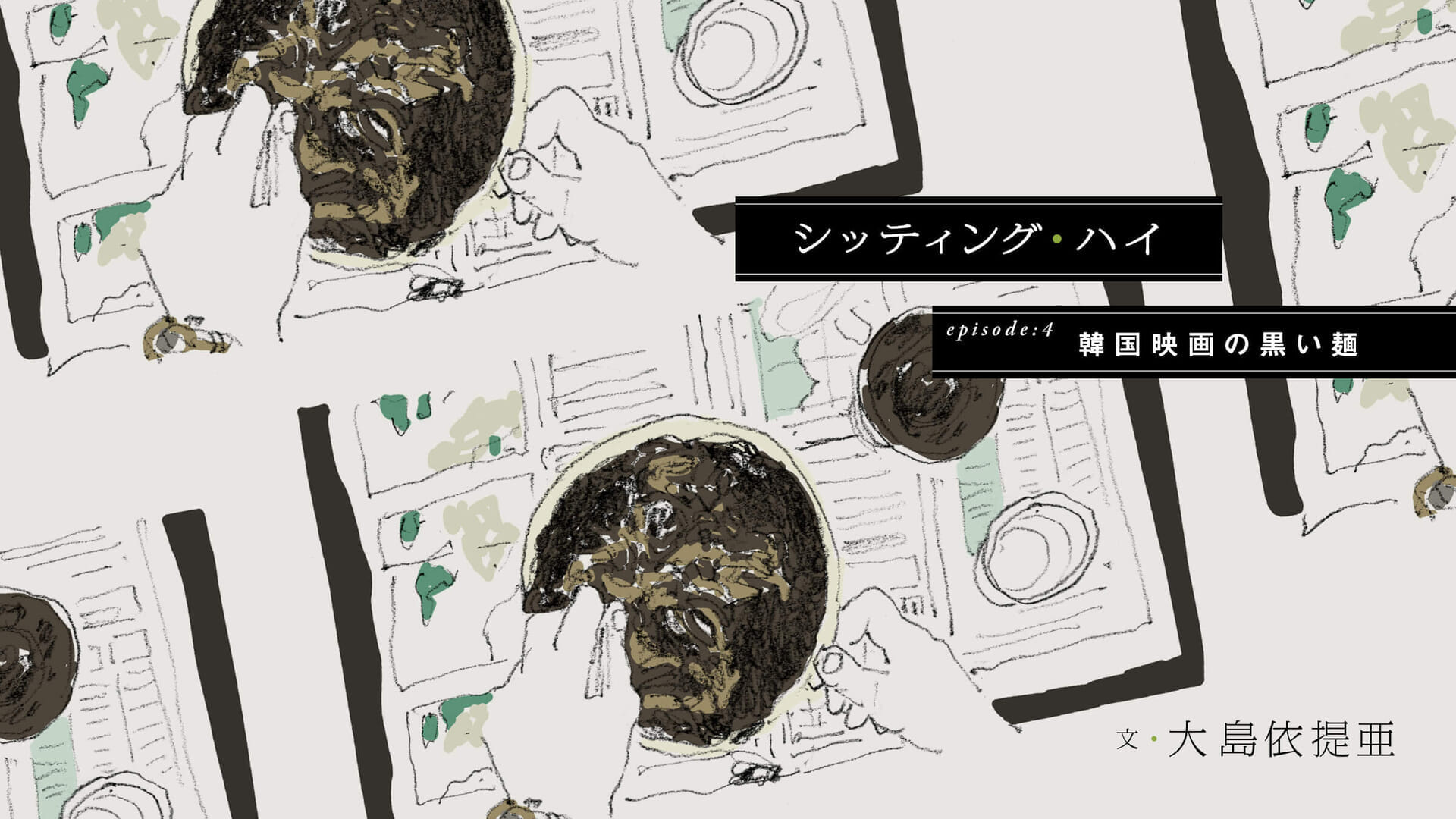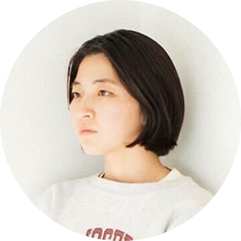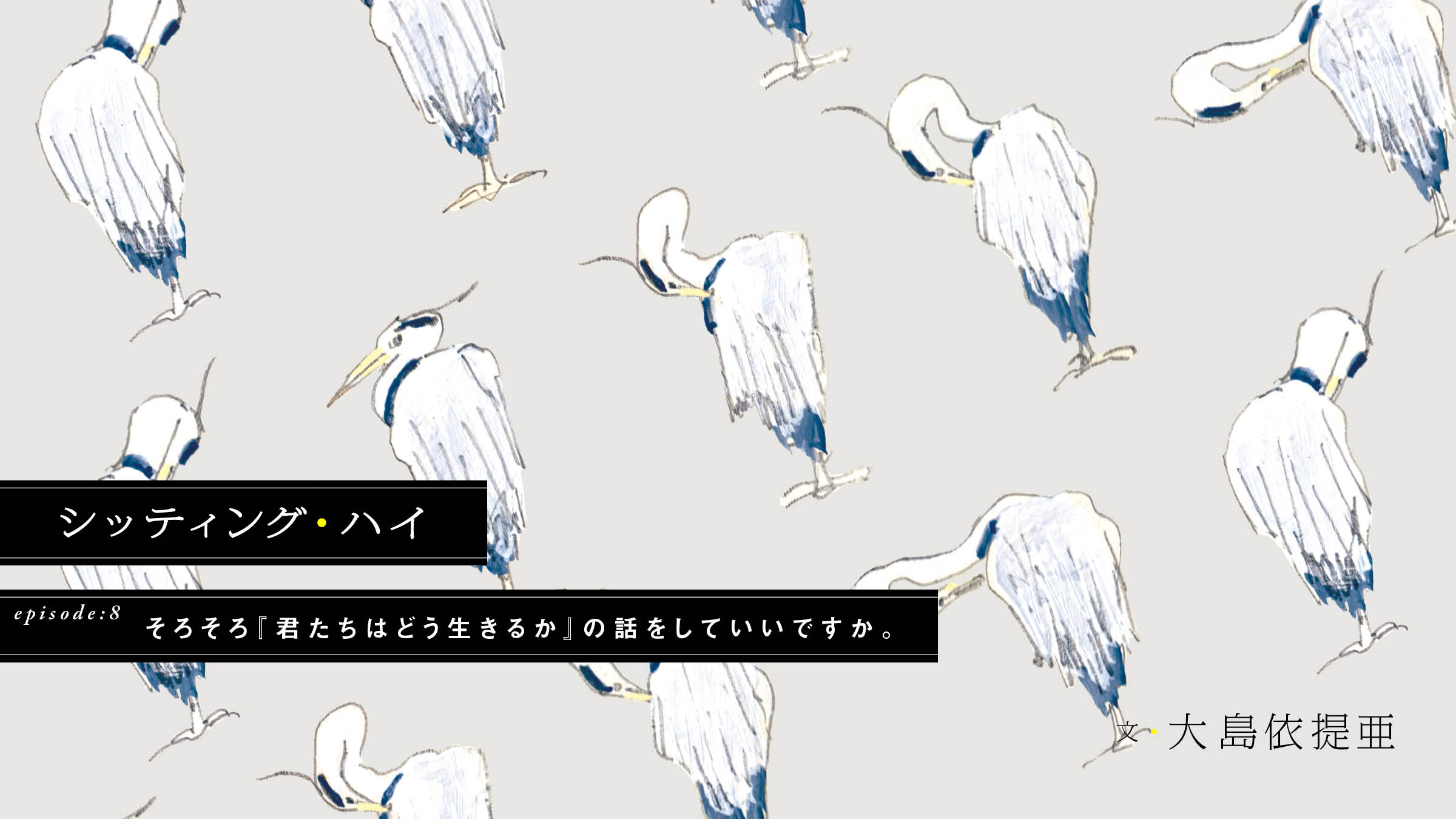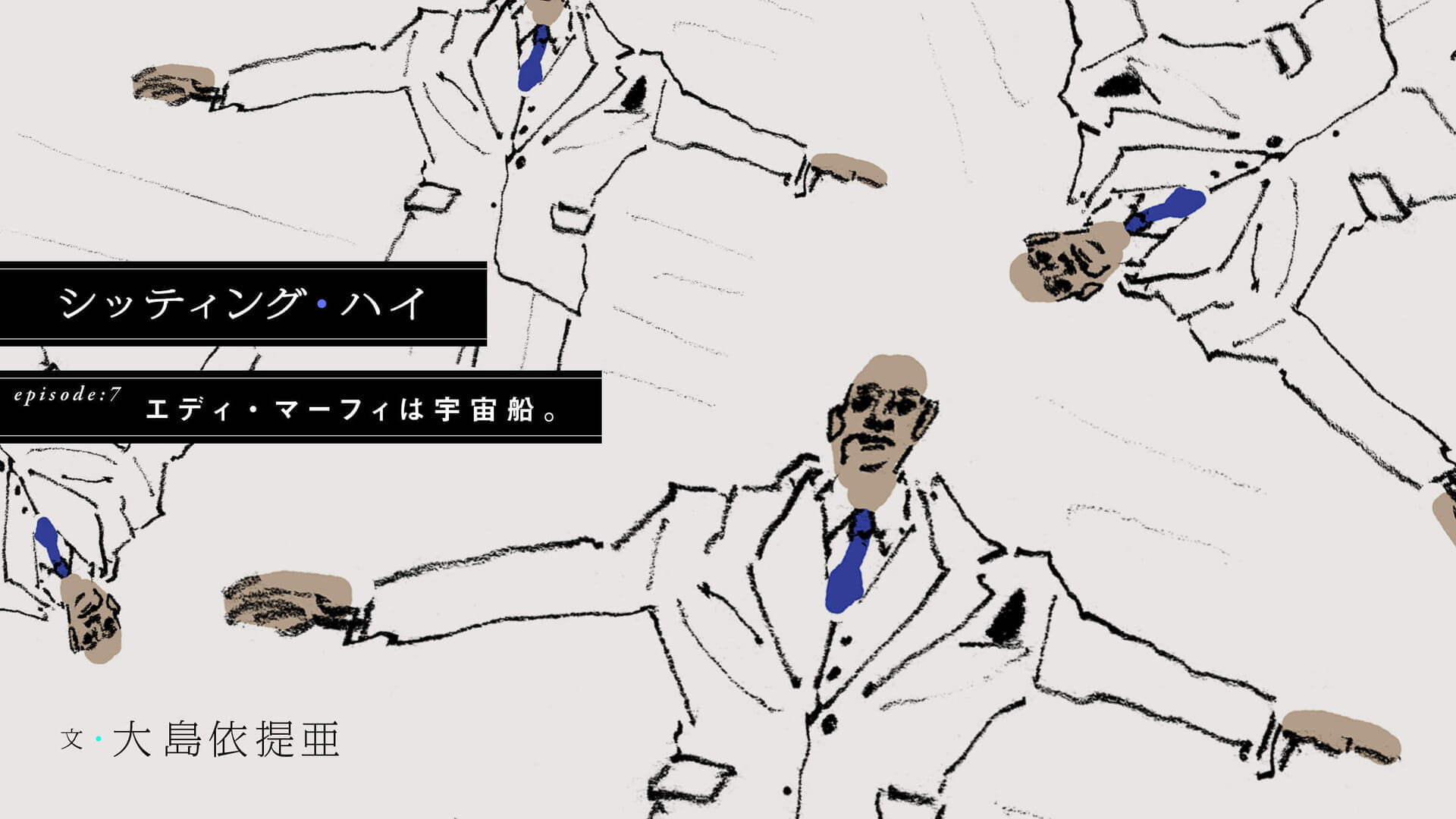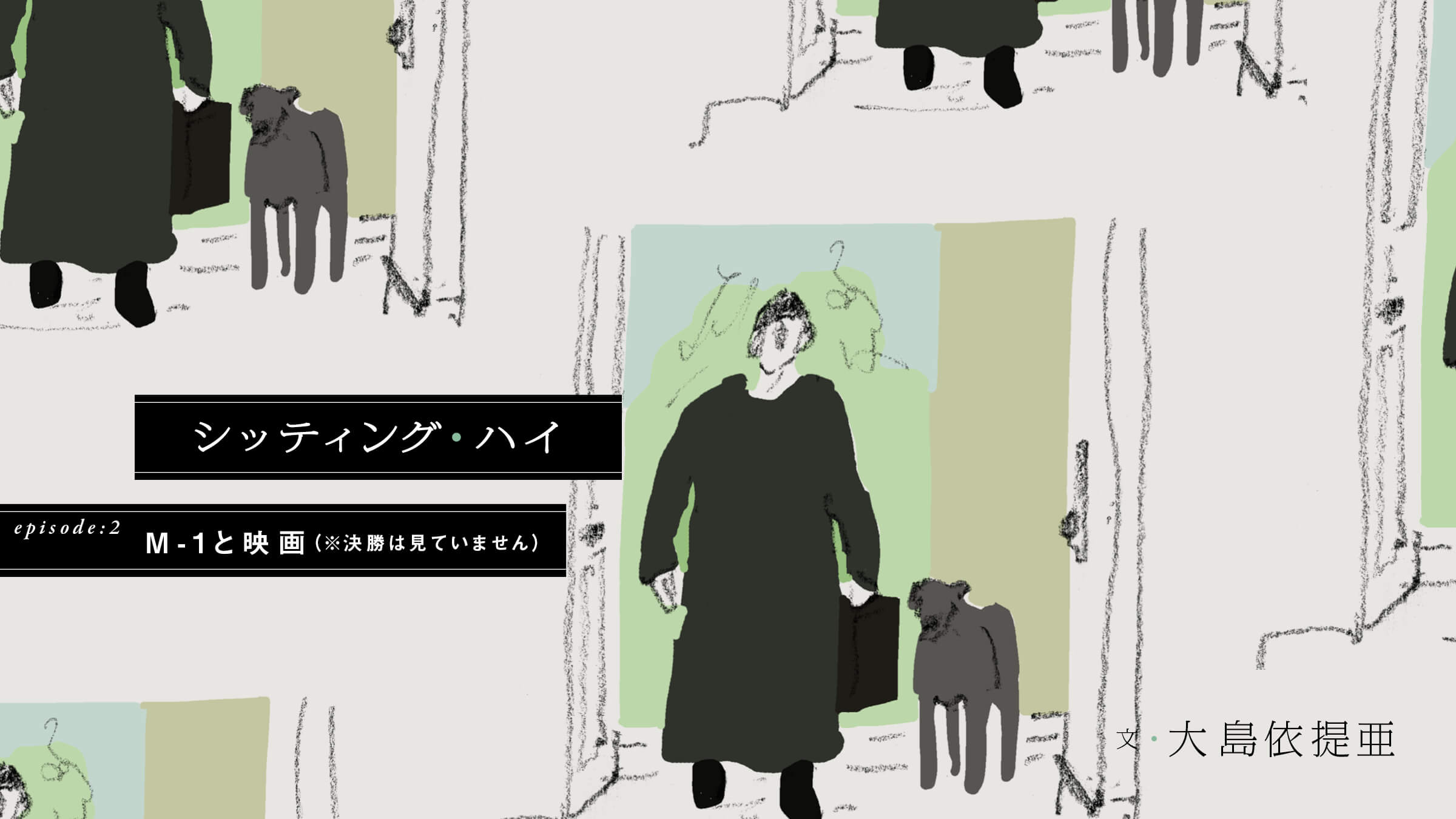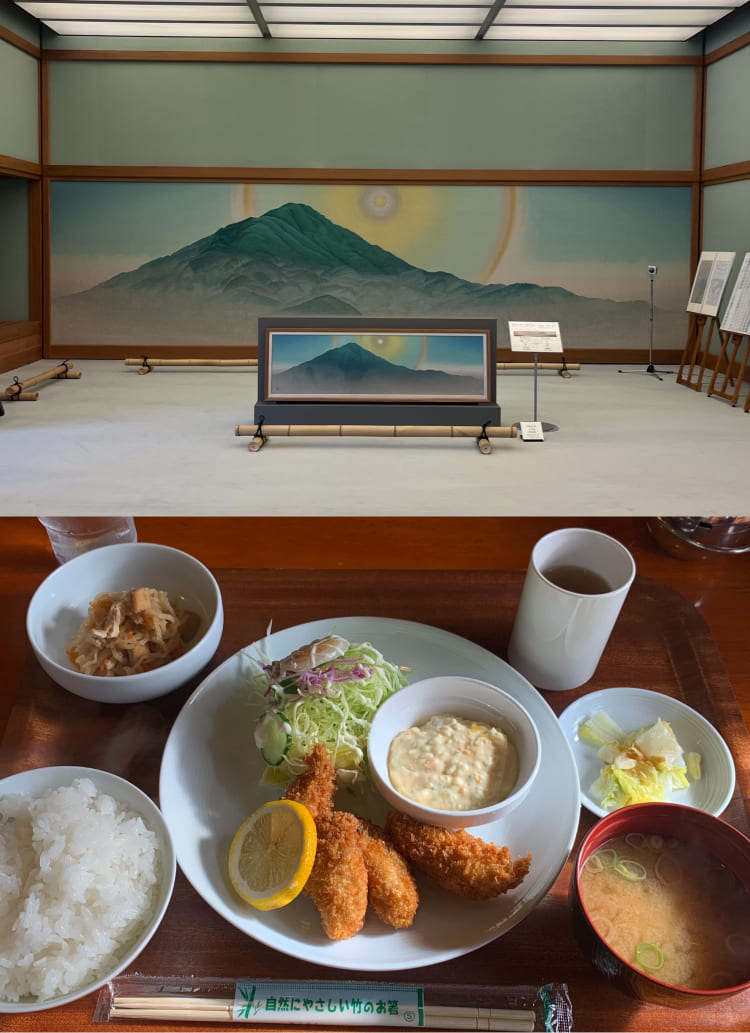episode.4 Black Noodles in Korean Cinema
I am very curious about the black noodles that frequently appear in Korean films.
However, I had a strange premonition and did not delve deeply into it except for the fact that it is called "jajangmyeon" and that it seems to be derived from the Chinese dish "jarred noodles. I thought it would be more enjoyable to just watch the movie and imagine what it would be like to eat authentic jajangmyeon in Korea someday, if at all possible.
I think it is a very common food in Korea, as it often appears in movies and TV dramas, but those black noodles are quite impressive.
These black noodles are often used effectively as props in Korean films because of their generality and their alien appearance.
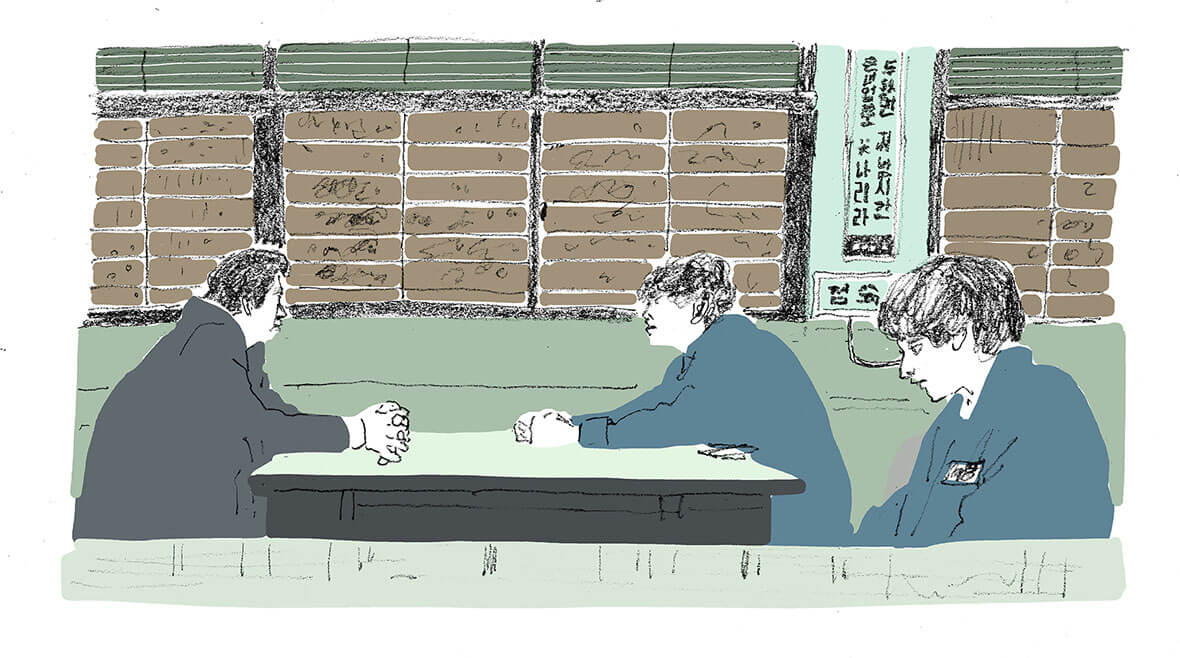
At times, Korean films are characterized by the coexistence of seriousness and humor. While something disastrous is going on, everyday life is depicted in parallel, which is sometimes disheartening. Jajangmyun is often used as a buffer or switch between the serious and humorous parts.
In the case of Korean noir (which is a perfect match for "black"), a detective and a suspect are almost torturing each other during an interrogation, but when the scene changes, they are eating jajangmyeon in harmony ("Reminiscence of a Murder," 2003), or a father-in-law is cheerfully eating jajangmyeon and the table turns into a stage for cruel revenge against him ("Chingu: Eternal Bonds," 2013). The scene changes from the detective and the suspect, who are being interrogated in an almost torturous manner, to a scene in which they are eating jajangmyeon in harmony ("Reminiscence of a Murder," 2003), to a scene in which the father-in-law is cheerfully eating jajangmyeon, and the table turns into a stage for cruel revenge against him ("Chingu: Eternal Bond," 2013).
The humor as a black food and the disquieting nature of blackness itself inherent in jajangmyeon may also easily function as light and dark.
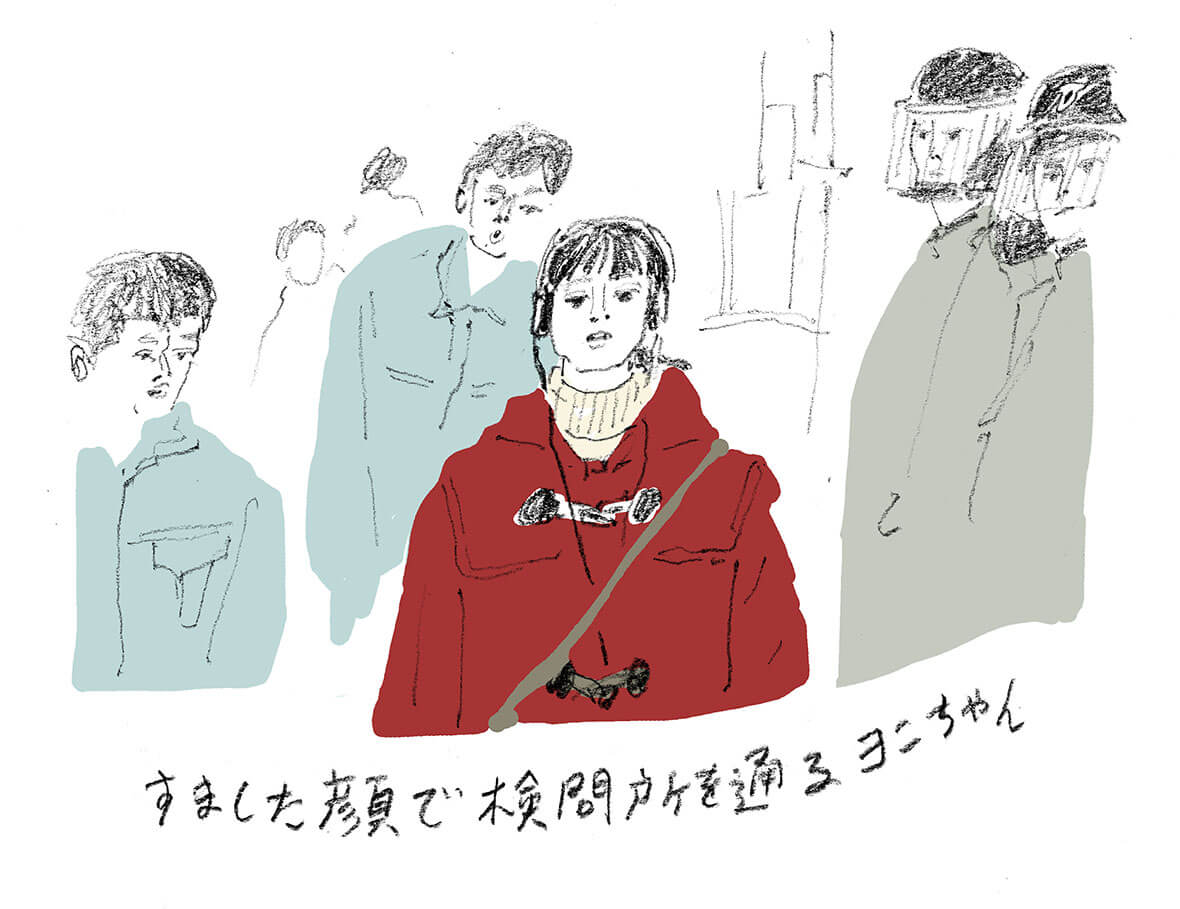
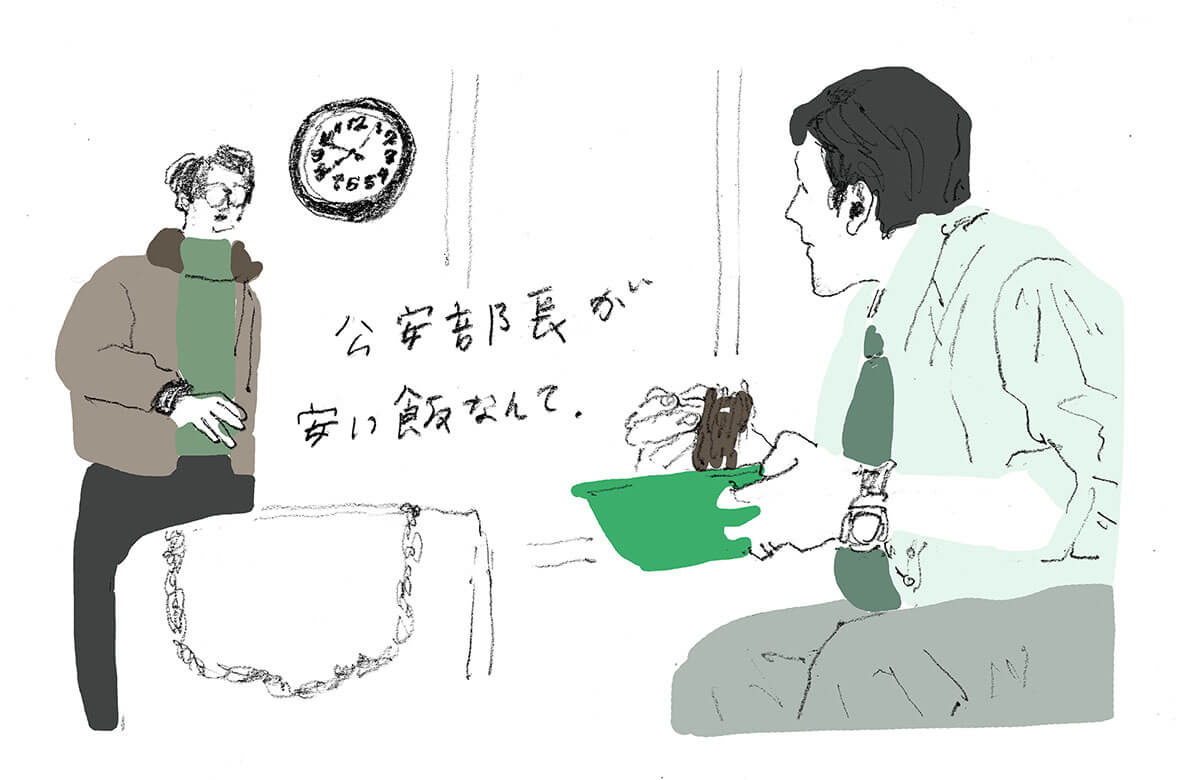
In other cases, jajangmyeon is used as a trigger to pull the viewer back from fantasy to reality, and the contrast with the dream that is told while eating emphasizes the reality of the scene ("Oasis," 2002), or to express a young man who is possessed by the spirit of a child, it is used to create a child-like gesture of eating while blackening the area around the mouth ("Hello! The scene of a young man being possessed by a child's spirit was used as a child-like gesture (Hello!? Ghost, 2010). Ghost" 2010). In some cases, the reality and unreality are brought into greater relief through jajangmyun.
In one film, a grandmother who makes homemade samgyetang (boiled chicken) for her grandson, who is spoiled with a craving for fried chicken, is further put in a bad mood by the grandmother, who comes to terms with her grandson with jajangmyeon ("Grandma's House" 2002), but when the food appears to bridge the generation gap between the young and the old, its position as a national food for the young and the old is glimpsed. When we see it appear as a food that bridges the generation gap, we get a glimpse of its position as a national food for young and old alike.
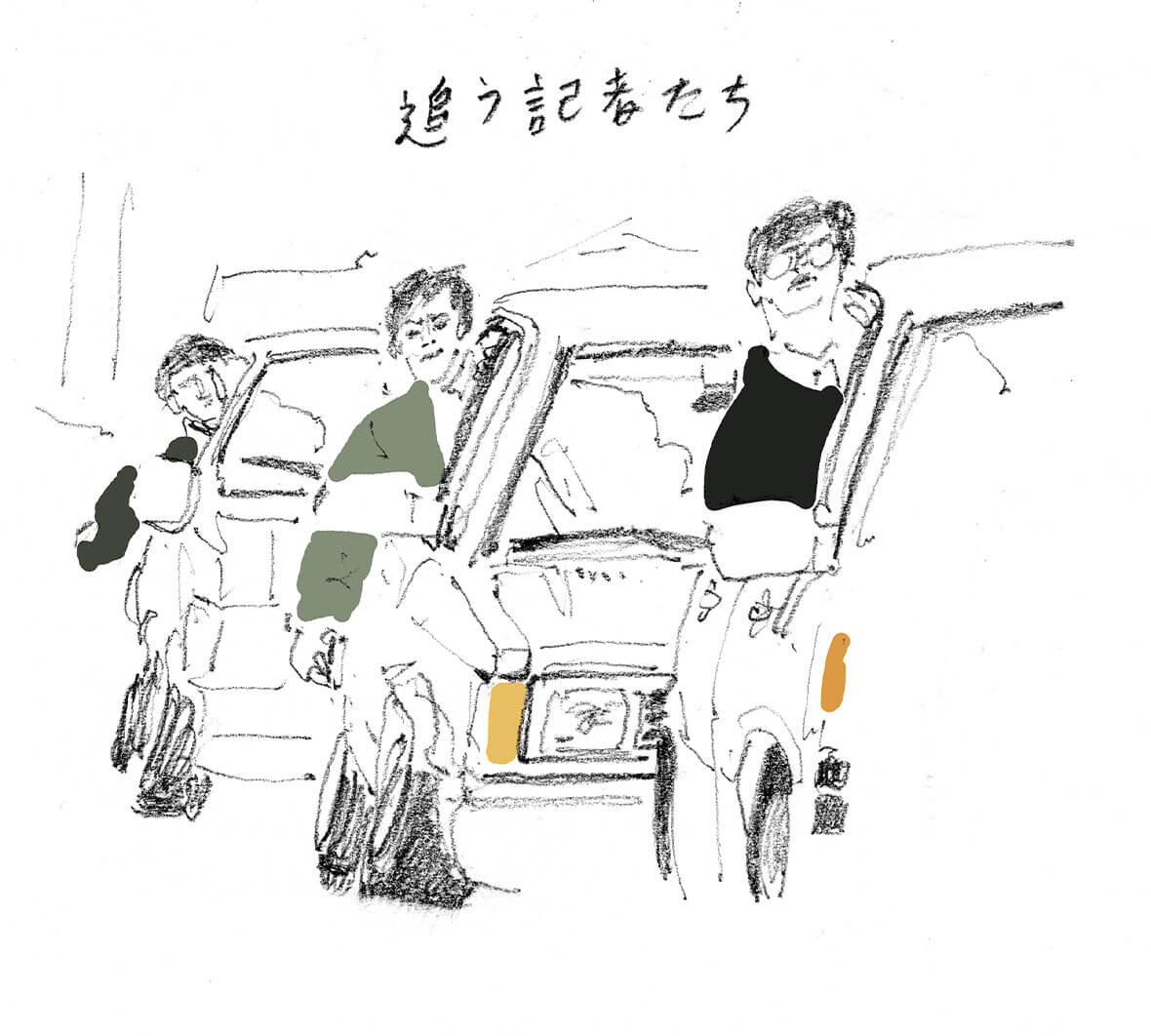
But by far the most common situation is probably that of a prosecutor or detective confronting a great evil. Every time they try to eat jajangmyeon, they are interrupted by the corrupt police force ("1987, The Truth About a Fight," 2017) or the media ("Confessions of a Murderer," 2012), sometimes swearing, "Your noodles got noodles! (1987, The Truth About the Battle, 2017), and sometimes he blurts out jajangmyun (Confessions of a Murderer, 2012), but he has fought with his jajangmyun in hand, undaunted by evil.
Speaking of prosecutors, the jajangmyun that a hot-blooded prosecutor played by Hwang Jung-min eats in prison, where he is falsely accused of murder and serving time, is also impressive ("Great Revenge," 2015).
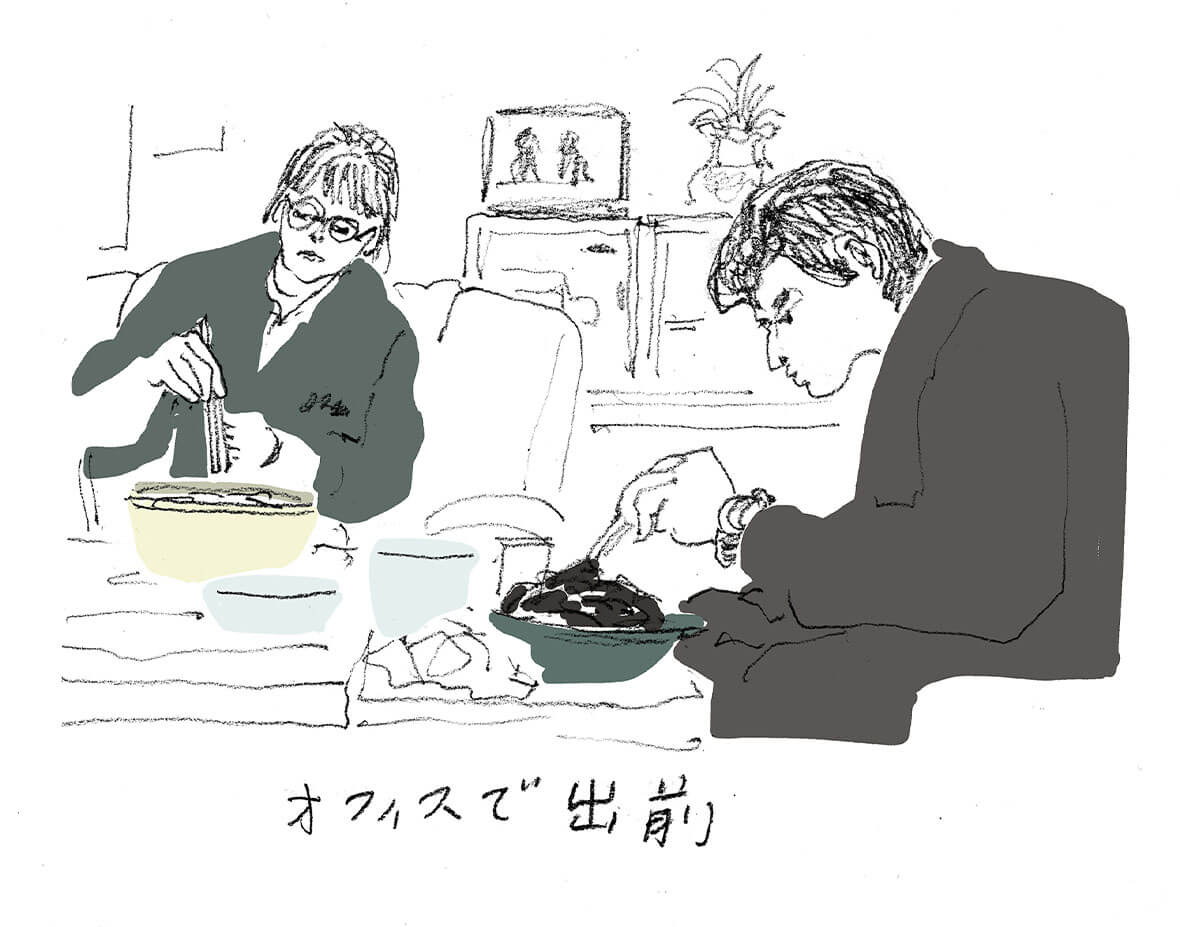
Hwang Jung-min and Cha-jang-myung as actors seem to have some kind of chemistry (it even rhymes), and in his other film, he eats Cha-jang-myung in the role of a loan shark collector, and the daily scene of him eating it in his office is a wonderful contrast to his daily routine ("The Wounded Couple," 2014). Above all, both films are great to watch because of the way they eat. The combo of Hwang Jung-min and Cha Jang-myung is a masterpiece of work.
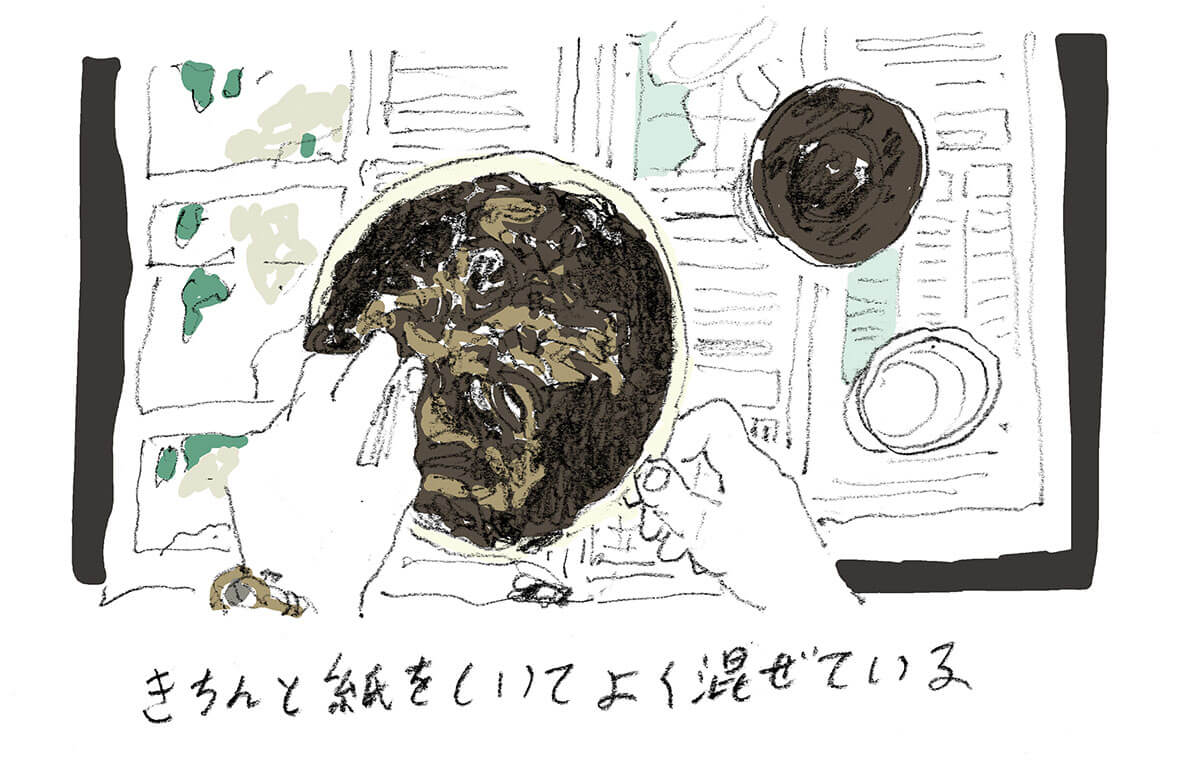
Incidentally, I think the jajangmyeon in this "The Wounded Couple" is the best jajangmyeon that comes out in the movie, in terms of color and gloss. In terms of deliciousness, it is from "His and My Drifting Diary" (2009), but I'll give it second place because it seems to be an instant noodle dish called "chapaguri," which was also in "Parasite: Family Under the Half-Land" (2019).
You might say, "What's the big deal if you've never had it?" So I came up with a recipe for jajangmyeon that I guessed based on the movie. It is only an imaginary recipe.
Jajangmyun" Mk-3 (← Tried 3 times)

Ingredients (for 2 persons)
Fresh udon noodles or semi-raw pasta ... 200-280g *1
1 clove garlic
1 piece of ginger
1 small onion
Pork belly block ... 120g
A
2 1/2 tablespoons sugar flavored soy sauce
1 tablespoon black sesame seeds
1 tablespoon oyster sauce
2 tablespoons *2
2 tablespoons rice wine
1/2 teaspoon brown sugar
1 tablespoon black vinegar
Water ... 50cc
A pinch of black pepper
A pinch of salt
Sesame oil ...1 tablespoon
4 slices of pickled radish
1 Any noodle that looks similar.
2 Chinese soy sauce. It is black anyway.
procedure
1. mince garlic and ginger. Cut onion into 1 cm cubes. Cut pork belly into 0.5 cm cubes and sprinkle with salt and pepper.
Add sesame oil to frying pan, saute pork, and when it starts to turn white, add onion. When onions become soft, add all the ingredients in A, bring to a boil, and add water.
3. simmer down to a moderate thickness and place on boiled noodles.
*The extra sauce is also delicious over rice.
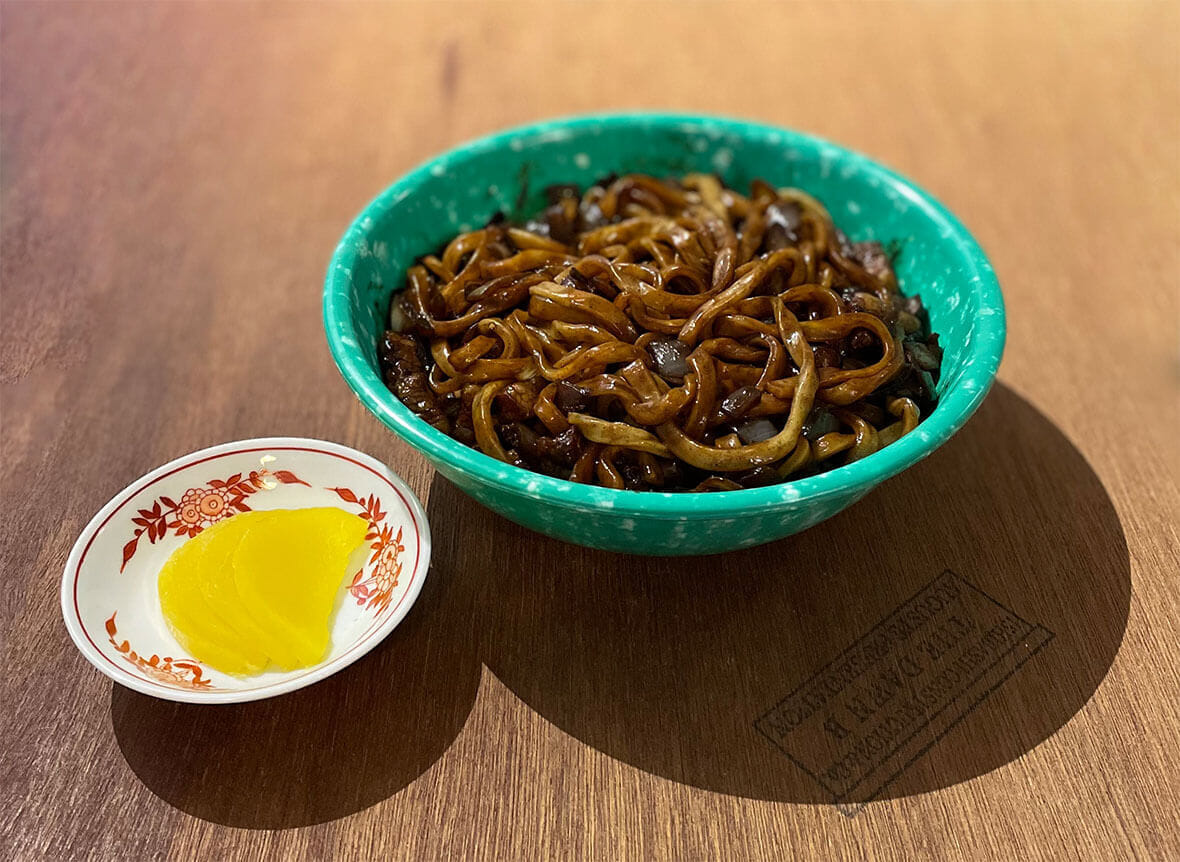
*This time, we put out a call on Twitter for movies with jajangmyun in them, and we received many people telling us about them. We would like to take this opportunity to thank them. Thank you very much.
PROFILE

Born in Tochigi Prefecture, graduated from Tokyo Zokei University. He has been designing mainly graphics for movies, exhibition publicity materials, and books. Major works include "Paterson," "Midsummer," and "Tabi no Owari, Sekai no Hajimari" for films, "Shuntaro Tanikawa" and "Moomin" for exhibitions, and "Birds/Banana Yoshimoto" and "Small Boxes/Yoko Ogawa" for books.


